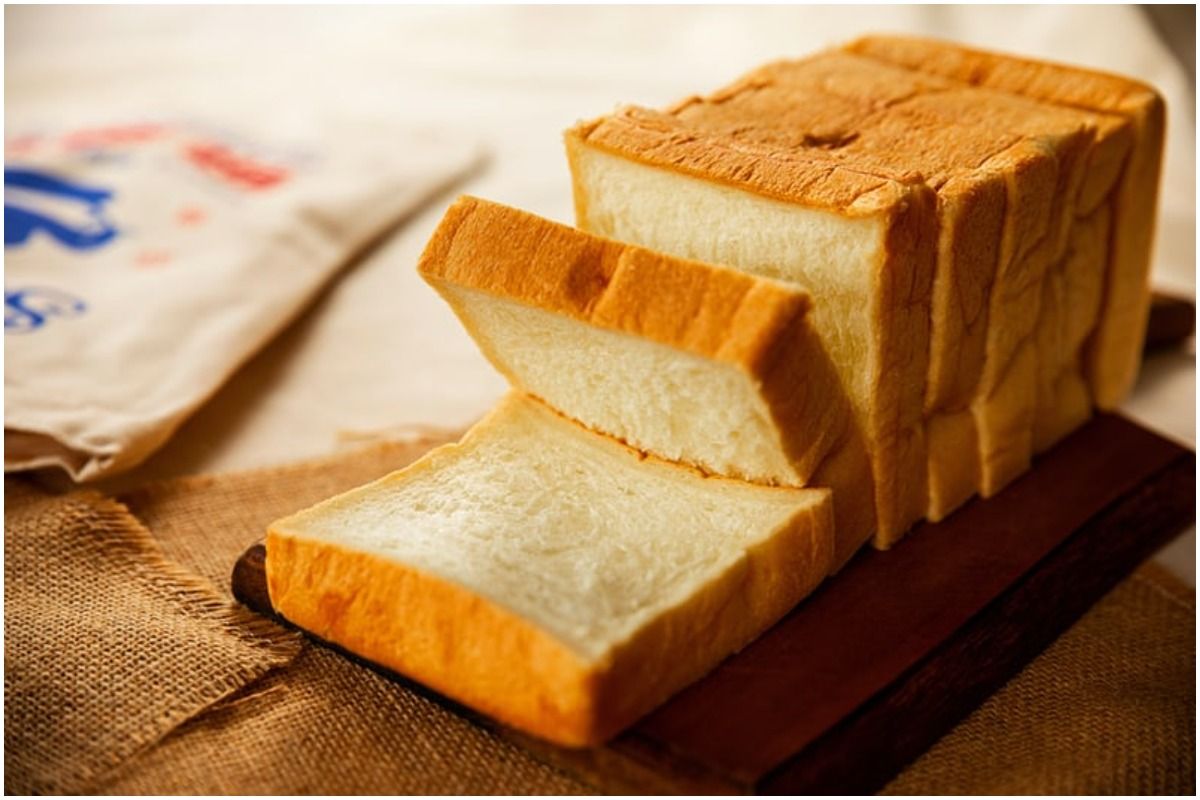The Shelf Life of Bread: From Fresh to Fridge
Bread, a staple food enjoyed across cultures, holds a special place in our kitchens. But how long can this delicious staple stay fresh? Understanding the factors affecting bread’s shelf life and the role of refrigeration is crucial to maximizing its enjoyment and minimizing waste. This article delves into the science behind bread spoilage, explores storage strategies for different types of bread, and offers tips for extending the life of your loaf.
The Science of Spoilage: Why Bread Doesn’t Last Forever
Several factors contribute to bread’s inevitable decline from fresh to stale:
- Staling: Staling is a natural process caused by the retrogradation of starch. Starch molecules in freshly baked bread absorb moisture, creating a soft and fluffy texture. Over time, these starches lose moisture and recrystallize, resulting in a hard and crumbly texture.
- Mold Growth: Mold spores are ever-present in the environment. Under warm and humid conditions, these spores can land on bread and germinate, causing visible mold growth. Mold can produce toxins harmful to human health, making moldy bread unsafe for consumption.
- Oxidation: Fats and oils present in bread can react with oxygen in the air, leading to a rancid flavor and aroma.
Freshness Factors: A Look at Different Bread Types
The shelf life of bread varies depending on the type and ingredients used:
- Commercially Baked Breads: Commercially produced breads often contain preservatives like calcium propionate to inhibit mold growth. These breads typically have a shelf life of 5-7 days at room temperature and up to 2 weeks when refrigerated.
- Homemade Breads: Homemade breads, lacking preservatives, tend to have a shorter shelf life of 3-5 days at room temperature. Refrigeration can extend their freshness by 7-10 days.
- Artisan Breads: Artisan breads, often made with natural ingredients and minimal preservatives, have a shelf life similar to homemade breads. However, their crust may become tougher more quickly due to the nature of the baking process.
Room Temperature vs. Fridge: Finding the Perfect Storage Solution
The ideal storage method for bread depends on the type of bread and your consumption habits:
-
Room Temperature Storage: Freshly baked bread, particularly loaves with a hard crust, are best stored at room temperature for the first 24-48 hours. This allows the crust to retain its crispness and the flavors to develop fully. Storing sliced bread at room temperature is less ideal as the exposed surface area is more susceptible to drying out and mold growth.
-
Refrigeration: Refrigeration slows down the staling process and inhibits mold growth. It’s a good option for storing bread for longer periods, particularly sliced bread, homemade bread, or any bread with a high moisture content.
Tips for Extending Bread’s Shelf Life
Here are some practical tips to maximize the enjoyment of your bread:
- Store Bread Properly: Wrap bread tightly in plastic wrap or store it in an airtight breadbox to prevent moisture loss and exposure to air.
- Slice as Needed: Avoid pre-slicing your entire loaf. Slice only the portion you plan to consume in the next few days to minimize exposed surface area.
- Double Duty with Refrigeration: If you plan to use only a portion of the bread within a few days, consider storing the remaining portion in the refrigerator after the initial 24-48 hours at room temperature.
- Freeze for Long-Term Storage: For long-term storage, sliced bread can be frozen for up to 3 months. Thaw frozen bread in the refrigerator overnight before consuming.
Beyond the Loaf: Reusing Stale Bread
Even the best efforts can’t prevent bread from eventually becoming stale. But don’t discard it! Here are some ways to breathe new life into stale bread:
- Second Life as Toast: Stale bread is perfect for making toast. Toasting not only revitalizes the texture but also adds a delicious crispness.
- Croutons for Salads and Soups: Cube stale bread and bake them in the oven to create homemade croutons for salads or soups.
- Breadcrumbs for Coating: Pulse stale bread in a food processor to create breadcrumbs for breading meats, fish, or vegetables.
- French Toast or Bread Pudding: Stale bread is the ideal base for decadent dishes like French toast or bread pudding, utilizing every last crumb.
Conclusion: Savoring Bread’s Journey from Fresh to Fridge
By understanding the factors affecting bread’s shelf life and employing proper storage techniques, you can extend the enjoyment of your favorite loaf. From the initial satisfaction of freshly baked bread.
Read more about it:https://genpromedia.com/how-much-can-i-get-from-an-underinsured-motorist-claim/






More Stories
Where to Watch USMNT vs Jamaica National Football Team
How I Met My Monster
How Should a Ring Fit